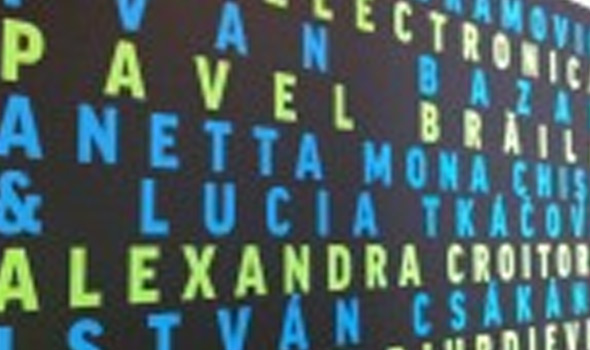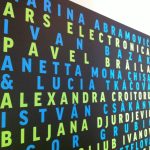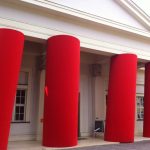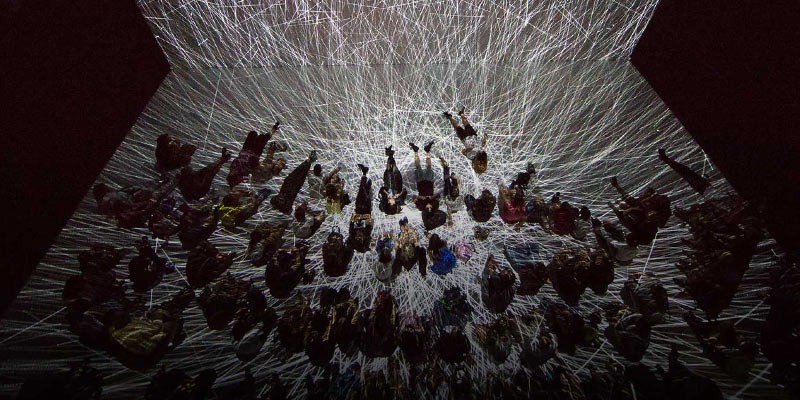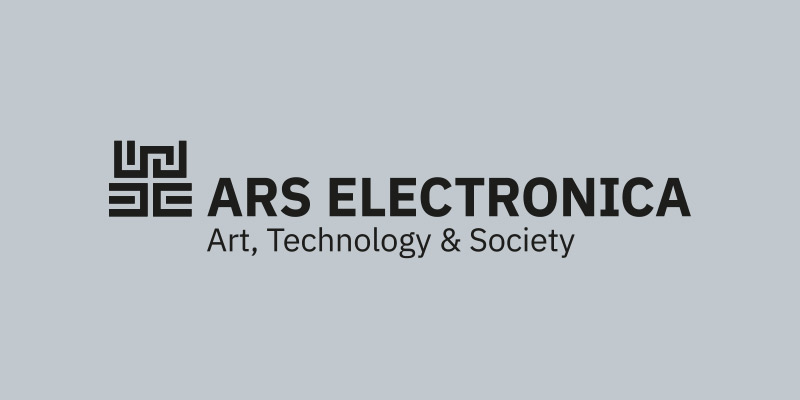(28.09. – 04.11.2012, Ostdeutsche Galerie Regensburg, Germany)
This is Ars Electronica’s second guest appearance at the Donumenta in Regensburg. The 2006 show dealt with “Bytes & Bodies,” whereby the body as decisive medium of interaction and communication was the content of this encounter. This year’s exhibition takes a poetic approach to the investigation of artistic practices that work with fragments of our digital culture. The Grafiksaal of the Ostdeutsche Galerie in Regensburg is being reconfigured to serve as the venue.
Fragments Broaching the Imagination
An Ars Electronica Exhibition at donumenta Regensburg 2012
“Individuals need the cultural commandment to get access to their lust. They’re inhibited on their own.” – Robert Pfaller / Wofür es sich zu leben lohnt
A fragment is a part of a whole, a fraction of that for which it stands and to which it belongs. Fragments stand for something larger, something entire that is more or less discernible. One particular characteristic of fragments is that they refer to something without revealing what that totality looks like in detail. There is no physical consummation of fragments; a fragment can indeed be complete in its own right, yet it always imparts a sense of imperfection. A fragment stimulates and arouses the power of the observer’s imagination. And it facilitates access to countless new conceptual possibilities.
With respect to artworks that are open in the sense that Umberto Eco defined this, fragments are artistic expressions of decisive importance for processual artistic work.
“In these poetics of intimation, the work deliberately puts itself forth as open in contradistinction to free redaction by the reader (beholder). A work that ‘intimates’ absorbs, with each interpretation, that which the reader (beholder) brings to it in the form of emotive and imaginative elements.” – Umberto Eco
Artistic fragments are endowed with narratives and meanings. So too in this exhibition that works with short film sequences, shadows of persons, and common, everyday objects. A particular trait is applied to fragments, which, in the respective context of the work, represent its actual informational content, yet, based on the mode of composition, are precisely what enables the magical moment of the artwork to unfold.
And so it is with “algorithmic search for love,” a work by Austrian artist Julian Palacz. The artist put together a huge databank of films and programmed a search engine to screen an intentionally haphazard succession of scenes/close-ups/shots based on the input of a selected term by the audience. The wide range of potential meanings and interpretational possibilities of a concept are generated by the fragmentary linear arrangement of the film sequences.
“The Tenth Sentiment” by Japanese artist Ryota Kuwakubo can be regarded in a similar light. Here, the shadows of common, everyday objects cast by lamps mounted on a moving locomotive provide entrée to the enchantment of a quotidian realm and entice those who behold it into imaginary new worlds. This distorted domain of shadows imparts to us a presentiment of a fantastic landscape beyond the realm of our focused sight.
An Ars Electronica Futurelab “Shadowgram” is a portrait that really says something. It starts by taking snapshots of installation visitors, whose silhouettes are then printed out as tiny stickers that are applied to a sort of map. But audience members aren’t only invited to contribute their shadows; they may also leave behind a substantive message displayed within a speech bubble emanating from their silhouette’s mouth.
These three projects constitute a foundation conducive to a confrontation with the worlds of conceptions and images within us that take shape as a result of the highly diverse usage of fragments in artistic works and processes. Needless to say, there are countless works of art that proceed in this fashion, leaving the consummation of the works up to the beholders themselves—though, of course, only if the audience permits this and consents to be stimulated. These three projects in particular, however, display a pronounced dissimilarity in the approaches and utilization of various electronic media and demonstrate the particular power of media art to evoke the imaginary worlds.
